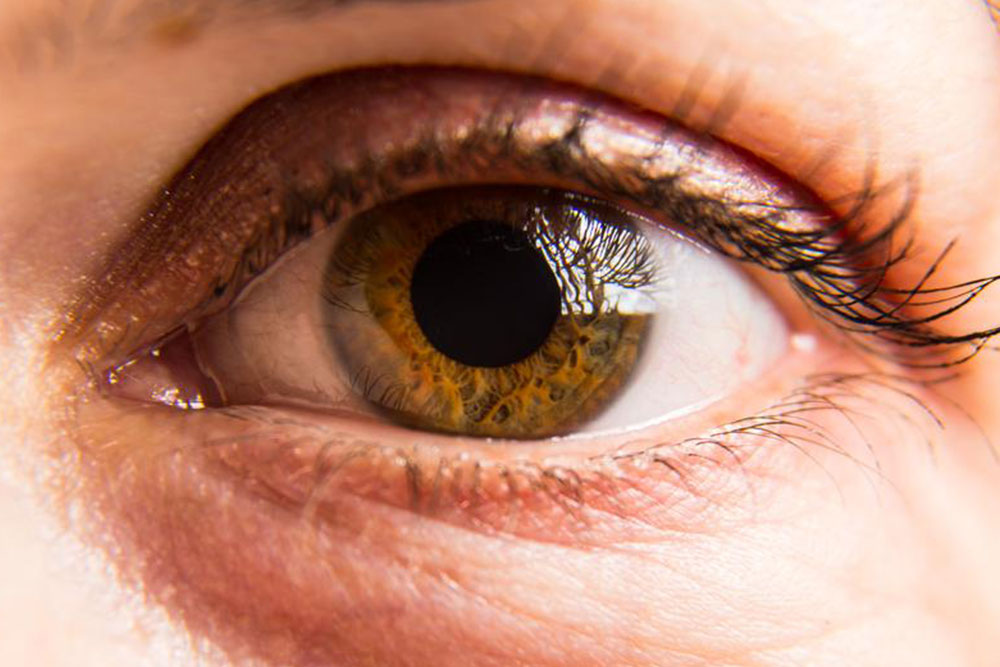Here’s what you need to know about double vision
Double vision is a condition that can occur due to problems associated with eye muscles. The condition can cause a person to view two separate images of a single object. Double vision is of two types. Monocular diplopia is the name for the condition when it occurs in one eye, and double binocular vision is when it takes place in both the eyes. The treatment for double vision depends on its type and causes.
There are many causes of double vision, and these may depend on the type of double vision that you may have. While monocular double vision is rare, the causes of double vision of this kind may be due to astigmatism or cataract.

When both the eyes fail to reflect images correctly, the condition is called double binocular vision that makes your brain to create double images in both the eyes. In some cases, the causes of double vision could stem out of realigning squint eyes.
- When the thyroid muscle that produces thyroxine affects the free movement of the external eye muscles, you may experience double vision.
- One of the causes of double vision can also stem from a condition that affects the blood vessels supplying blood to the brain. A stroke or a transient ischaemic attack may also be one of the causes.
- When a severe case of diabetes damages the blood vessels from supplying blood to the nerves of the eye muscles, it may lead to double vision.
- When eye muscles become weak due to conditions like myasthenia gravis, people may experience double vision.
- Multiple sclerosis may affect the nerves of the eye muscles and cause double vision.
- An aneurysm is a condition that is characterized by a bulge in the blood vessel as a result of weak blood vessel wall. This condition may further press on the nerve of the eye muscle causing double vision.
- Other causes of double vision may include a brain tumor, cancer behind the eye, head injury, and the like.

